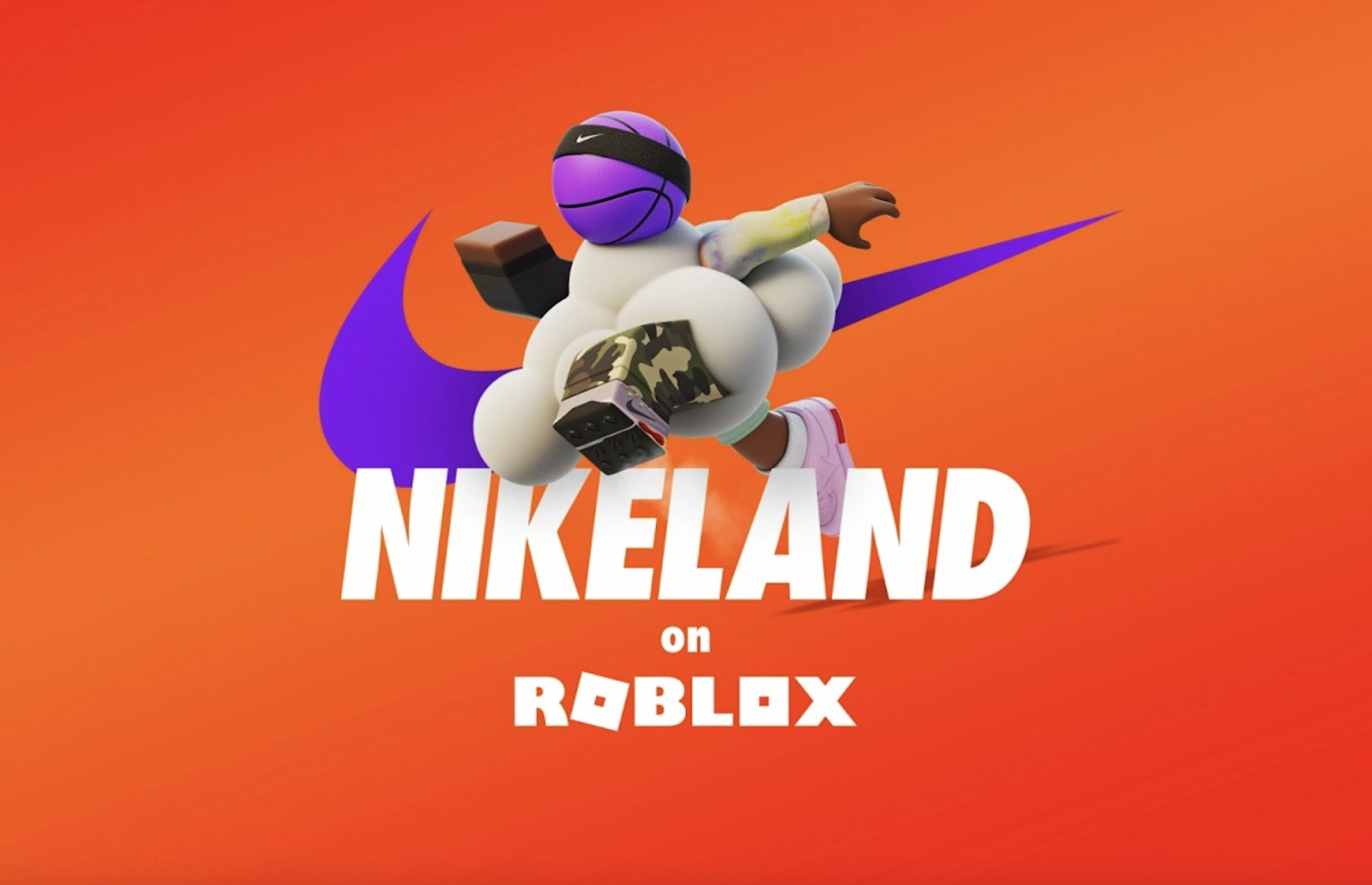Brands ranging from Louis Vuitton, Gucci, and Valentino to Nike and adidas have made headlines over the past year after filing applications for registration for use of their famous trademarks in the virtual world, either reflecting existing use or seemingly indicating their intent to use such marks in the metaverse or in connection with non-fungible tokens (“NFTs”). Not limited to fashion and luxury names, brands across industries (think: KFC to the City of Beverly Hills) have followed the lead set by Nike last year, and rushed to trademark offices around the world to lodge intent-to-use applications – often in an attempt to protect their valuable assets in light of a lack of certainty as to how courts will view their existing “real world” rights (and registrations) and how trademark offices will handle applications that point to web3 technologies.
Given the increasing amount of trademark applications that contain terms “relating to virtual goods and non-fungible tokens” that it has received in recent months, the European Union Intellectual Property Office (“EUIPO”) has provided some initial guidance as to the approach that it is taking for classification purposes. (Trademark applications – and registrations – classify marks by use in specific classes of goods/services, and to date, most brands have filed applications that list use or intended use in Class 9 for “downloadable virtual goods including NFTs,” Class 35 for “retail stores for virtual goods,” and/or Class 41 for “entertainment services in virtual environments.”)
Focusing exclusively on Class 9 (and making no mention of Classes 35 or 41), the EUIPO states in its recent release that “virtual goods are proper to Class 9 because they are treated as digital content or images.” However, the trademark body claims that “the term virtual goods on its own lacks clarity and precision so must be further specified by stating the content to which the virtual goods relate (e.g. downloadable virtual goods, namely, virtual clothing).” The EUIPO notes that the 12th Edition of the Nice Classification, which will enter into force on January 1, 2023, will incorporate “the term downloadable digital files authenticated by non-fungible tokens in Class 9.”
As for NFTs, in particular, the EUIPO sets out a definition of the relatively novel technology, asserting that NFTs are “treated as unique digital certificates registered in a blockchain, which authenticate digital items but are distinct from those digital items. For the Office, the term non fungible tokens on its own is not acceptable.” (Emphasis courtesy of the EUIPO.) As such, “The type of digital item authenticated by the NFT must be specified.” Still yet, the EUIPO states that “services relating to virtual goods and NFTs will be classified in line with the established principles of classification for services.”
The brief guidance from the EUIPO – which notes that its approach is set out in the 2023 draft Guidelines on which a range of stakeholders have until October 3 to comment – follows swiftly from responses from the U.S. Patent and Trademark Office (“USPTO”) to a number of metaverse-focused applications from Nike, which provide indications as to how it will deal with similar applications going forward. On the heels of Nike filing a handful of trademark applications with the USPTO for its name, Swoosh logo, “JUST DO IT,” and Jordan marks for use on “downloadable virtual goods” (in Class 9), “retail store services featuring virtual goods” (Class 35), and “entertainment services, namely, providing on-line, non-downloadable virtual footwear, clothing, headwear, eyewear, bags, sports bags, backpacks, sports equipment, art, toys and accessories for use in virtual environments” (Class 41), the USPTO issued its first bit of feedback last month.
In the newly-issued Office actions, an examining attorney for the USPTO provided some useful information as to how the trademark office will handle the identification of the virtual goods and/or services by stating that she found Nike’s descriptions to be “indefinite” and “unclear.” With this in mind, the examining attorney encouraged Nike to substitute the “clarifying wording in bold print, if accurate” …
Class 9: Downloadable virtual goods, namely, computer programs featuring footwear, clothing, headwear, eyewear, bags, sports bags, backpacks, sports equipment, art, toys and accessories for use online in online virtual worlds.
Class 35: Retail store services featuring virtual goods, namely, footwear, clothing, headwear, eyewear sports bags, backpacks, sports equipment, art, toys and accessories for use online in online virtual worlds; on-line retail store services featuring virtual merchandise, namely, footwear, clothing, headwear, eyewear, bags, sports bags, backpacks, sports equipment, art, toys and accessories for use online in online virtual worlds.
Class 41: Entertainment services, namely, providing on-line, non-downloadable virtual footwear, clothing, headwear, eyewear, bags, sports bags, backpacks, sports equipment, art, toys and accessories for use in virtual environments created for entertainment purposes.
The Office actions are the first substantive development since Nike filed its applications for metaverse trademarks last year – and are some of the first examples of the USPTO providing feedback to metaverse-focused applications. Given the early-mover nature of Nike and its applications (as well as applications lodged by Yuga Labs, the company behind the Bored Ape Yacht Club collection of NFTs, and ones from Nike-owned digital fashion and footwear brand RTFKT), any feedback from the USPTO in response likely inform how other applications will be viewed by the trademark office and will serve as a blueprint for other parties looking to file applications of their own for use of their trademarks in the metaverse.
An artist accusing LEGO of copyright infringement for allegedly replicating a custom leather jacket that he created – al …
Climate change-related lawsuits are on the rise, and as litigation in this space continues to “evolve rapidly,” a new …
With an estimated value of $800 billion by 2024 and the potential to ultimately generate $1 trillion in revenue by JP Morg …
Louis Vuitton has been handed a loss in a clash with Cartier and Van Cleef & Arpels over one of its trademark registrations …
Join our mailing list
Stay up to date with The Fashion Law


